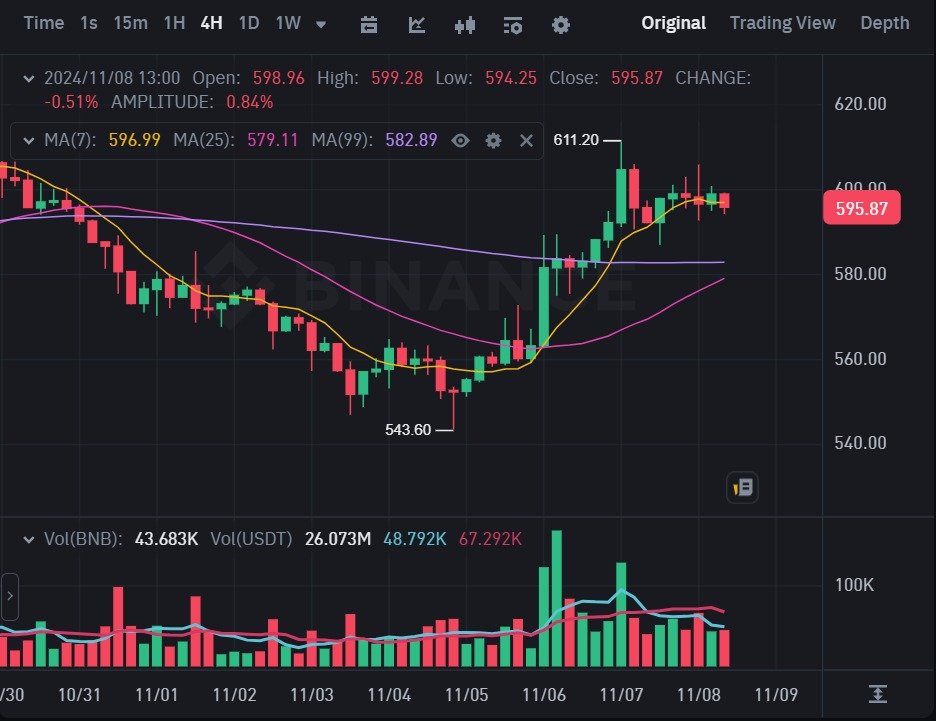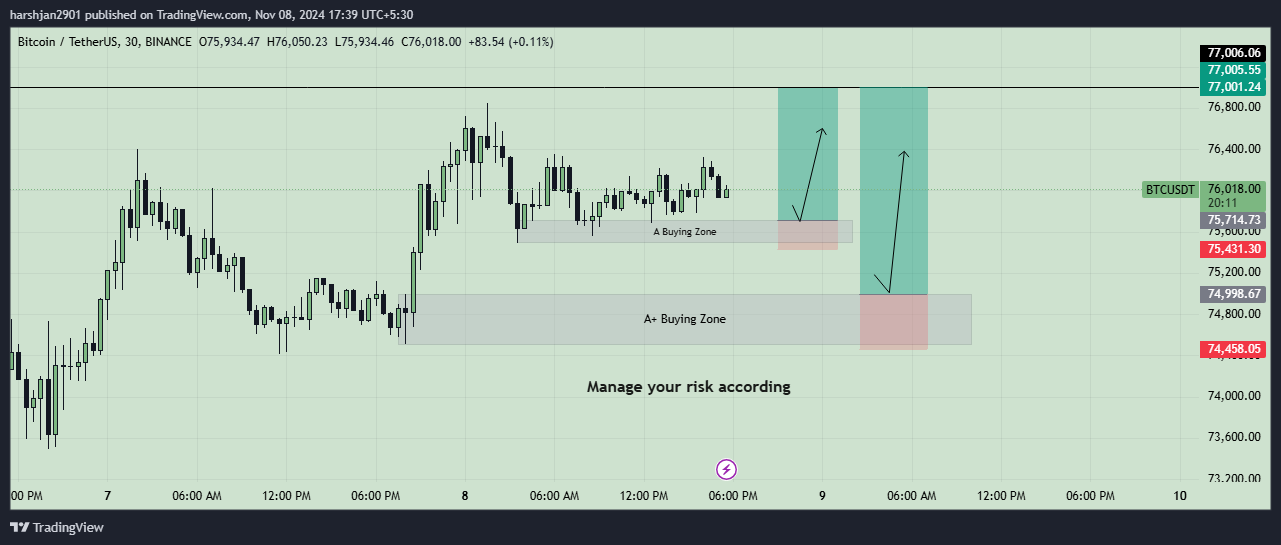The cryptocurrency market has been known for its extreme volatility, with prices of digital assets like Bitcoin, Ethereum, and others rising and falling rapidly. However, there are times when the market doesn’t seem to be experiencing the growth investors hope for. If you’re wondering why the crypto market isn’t going up right now, let’s dive into some key factors that may be affecting its performance.
1. Regulatory Uncertainty
One of the major factors holding back the crypto market from surging is the lack of clear regulation. Many governments around the world, including in major markets like the U.S., India, and China, have been slow to implement clear and favorable regulations for cryptocurrencies.
a) Global Regulatory Concerns
Countries with major crypto markets are often hesitant to fully embrace crypto due to concerns about money laundering, tax evasion, and terrorism financing. Without regulatory clarity, institutional investors may be wary of entering the market, which in turn hampers growth.
- China has cracked down on crypto mining, while India has ongoing discussions about potential regulatory measures that could limit crypto adoption.
- In the U.S., regulators like the SEC have been slow to define how crypto assets should be classified, leading to confusion and caution from investors.
b) Pressure from Financial Institutions
Central banks around the world are also looking into the development of Central Bank Digital Currencies (CBDCs), which could compete with decentralized digital assets. Many countries are prioritizing the launch of their own state-backed digital currencies rather than embracing decentralized crypto assets.
2. Macroeconomic Factors
The broader global economic situation plays a significant role in the performance of cryptocurrencies. Cryptos are often considered risk-on assets, meaning investors flock to them when they’re willing to take on more risk, and they move away when economic conditions create uncertainty.
a) Inflation Concerns
While some investors view cryptocurrencies like Bitcoin as a hedge against inflation, the global economic outlook has been uncertain in recent years. Inflation, rising interest rates, and tightening monetary policies can lead investors to shift focus away from riskier assets like crypto and towards safer investments, such as bonds or gold.
- Higher interest rates (like those seen in the U.S.) often lead to lower liquidity, meaning fewer investors are willing to take risks in volatile assets like crypto.
b) Stock Market Volatility
Cryptocurrency often moves in sync with traditional markets. When the stock market experiences bearish conditions, it can affect the entire risk asset class, including crypto. If major stock indices like the S&P 500 or NASDAQ are performing poorly, it can spill over into the crypto market, causing a slowdown in price growth.
3. Market Sentiment and Investor Behavior
Crypto markets are significantly influenced by investor sentiment. If there’s widespread fear, uncertainty, or doubt (FUD), it can cause price stagnation or even a decline. Fear of the unknown or recent negative news often triggers sell-offs.
a) Fear, Uncertainty, and Doubt (FUD)
Crypto markets are highly influenced by the news. If there is any negative media coverage, whether it’s about hackings, regulatory actions, or the failure of a major crypto exchange, it can cause mass panic selling.
- For example, if investors hear news that Bitcoin has faced a significant security breach or that a major exchange like FTX has collapsed, it can trigger a wave of panic selling.
b) Lack of Institutional Adoption
While there has been progress in institutional adoption, it is still not as widespread as many had anticipated. Major financial institutions, such as banks and investment funds, have been slow to fully embrace crypto due to regulatory hurdles, volatility, and lack of understanding.
- If large-scale institutional adoption does not accelerate, the market may continue to experience stagnation.
4. Low Volume and Market Liquidity
For the crypto market to rise, there needs to be substantial market liquidity and trade volume. When the market lacks liquidity, it becomes more difficult for the prices of digital assets to rise significantly.
a) Lack of Buyer Interest
If investors are waiting for clearer signals or better entry points, the market could remain stagnant. Sideways market movements often happen when buyers and sellers are at an impasse, waiting for a catalyst to drive prices up or down.
b) Whale Activity
In crypto markets, large holders or whales often have the power to influence the market. If these big players are not actively buying, it can create a bottleneck in market activity. When whales start selling off their holdings, it can create downward pressure on prices, preventing a rally.
5. Technical Factors and Market Cycles
The crypto market goes through cyclical trends, and the market may be in a phase of consolidation after a period of strong growth or downturn.
a) Post-Bull Market Cooling
After a significant bull run, the market often experiences a cooling period or correction. After reaching new highs, profit-taking and market exhaustion can cause prices to consolidate at lower levels.
- During such periods, prices often stabilize before they move higher again, and some may interpret this as the market not going up even though it’s going through a typical consolidation phase.
b) Resistance Levels
Cryptocurrency prices often face resistance at certain levels, where selling pressure increases and prices are unable to break through. If a digital asset fails to break a key resistance point (like Bitcoin struggling to rise above $35,000), it may lead to a prolonged period of sideways movement.
6. Crypto-Specific Events or Failures
There can also be specific incidents that negatively impact the broader market.
a) Exchange Issues or Hacks
If a major cryptocurrency exchange faces technical problems or a security breach, it can damage investor confidence in the market as a whole, causing a downward movement in prices.
- For example, FTX’s collapse had a ripple effect across the crypto space, causing significant losses in market value.
b) Token Failures or Scams
Another factor contributing to market stagnation is the failure of projects or scams. The collapse of projects like Terra (LUNA) or the rug pull scams have created skepticism among investors, making them hesitant to pour money into the market.
Conclusion
The crypto market may not be going up right now due to a combination of regulatory uncertainty, macroeconomic factors, market sentiment, technical limitations, and external events that have resulted in a pause or stagnation in price movement. It’s important to remember that cryptocurrency markets are highly volatile, and price fluctuations are a natural part of the market dynamics.
While the market may seem slow or stagnant now, opportunities for growth still exist as technology matures and regulations evolve. Investors should remain informed and stay patient, as the market can always shift with new developments, innovations, and global adoption.
Stay ahead in the crypto market by getting expert guidance from Lumina Lore. Our team can help you navigate through the market’s ups and downs. Contact us today to explore the best strategies for your crypto investments!



